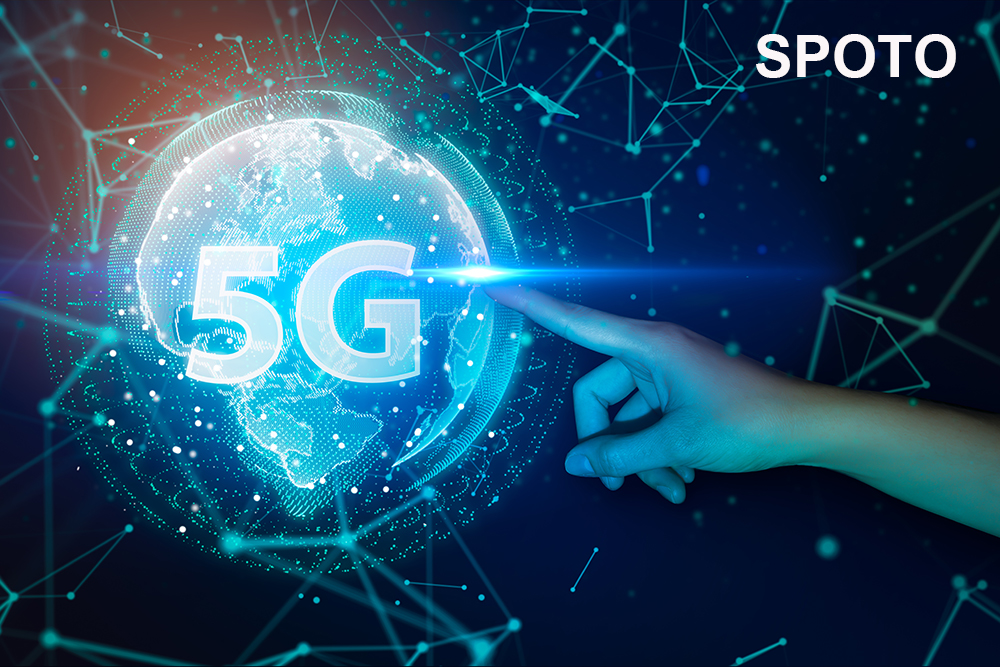5G Technology Overview
5G is believed to be the 5th generation mobile network. It would be a new global wireless standard after 1G to 4G networks. 5G would be facilitating a new kind of network that would be designed to connect virtually everyone and everything, consisting of objects, machines, and devices.
5G wireless technology will deliver higher multi-Gbps peak data speeds, massive network capacity, more reliability, ultra-low latency, increased availability, and a more consistent user experience to more users.
Higher performance, as well as improved efficiency, would be empowering new user experiences as well as connecting the new industries.
Like 4G LTE, 5G OFDM would be operating based on the same mobile networking principles. Nevertheless, the latest 5G NR air interface could further be enhancing OFDM for delivering a much higher degree of scalability and flexibility. This could offer more 5G access for more people and things for a variety of diverse use cases.
5G would be able to bring wider bandwidths by expanding the utilization of spectrum resources, from sub-3 GHz utilized in 4G to 100 GHz and beyond. 5G is capable of operating in both lower bands, sub-6 GHz, and mmWave, 24 GHz and up, which would be able to bring extreme capacity, multi-Gbps throughput, and low latency.
5G would be intended for delivering faster, better mobile broadband services compared to 4G LTE but could also be expanding into new service areas like mission-critical communications and connecting the massive IoT.
This would be enabling many new 5G NR air interface design techniques, like a new self-contained TDD subframe design.
How 5G Technology Works?
5G is also supported by the same technology, which helps the 4G, which would be the Orthogonal frequency-division multiplexing (OFDM) and would be operating based on the same mobile networking principles. Nevertheless, the new 5G NR (New Radio) air interface would enhance OFDM to deliver a much higher degree of scalability and flexibility.
5G won’t only be delivered much faster, better mobile broadband services than 4G LTE. Still, it would also expand into new service areas, like mission-critical communications and connecting the massive IoT. This will enable numerous new 5G NR air interface design techniques, like a new self-contained TDD subframe design.
5G Technology has been deployed in 35+ countries already, and the scores are still going up. We would see a much rapid rollout as well as adoption compared with 4G.
Consumers are believed to be very excited about the high speeds as well as low latencies. But 5G technology goes beyond these benefits by also offering the capability for mission-critical services, enhanced mobile broadband, and massive IoT.
While it is considered quite challenging to predict when everyone would be having access to 5G, we would be observing the significant momentum of 5G launches in its first year and expect more countries to launch their 5G networks in 2020 and beyond.
As with previous generations of mobile networks, it would be taking time to increase the latest 5G network to make it available to more people. In the meantime,
4G LTE would be continuing to grow and serve as the anchor of the experience of 5G mobile via multi-connectivity for many years to come by offering the Gigabit data rates outside 5G coverage areas.
Hence, if you wish to acquire more information, you should look forward to checking out the related IT Exam Dumps. Also, if you are looking forward to gaining an IT Certification, SPOTO IT Exam Dumps would help you out in obtaining the same.
Latest SPOTO Candidates Pass Feedback


Comments